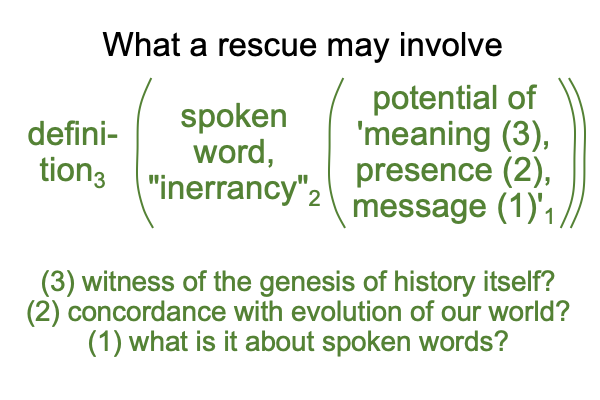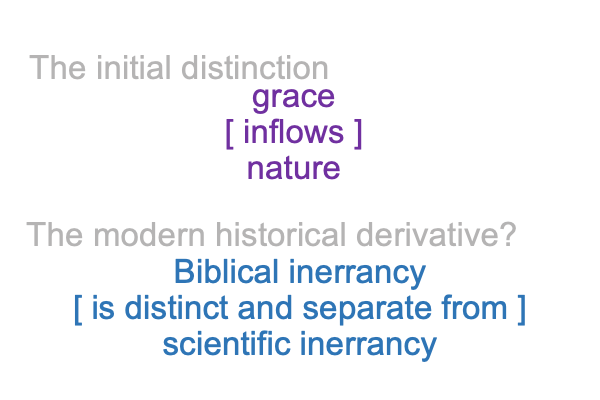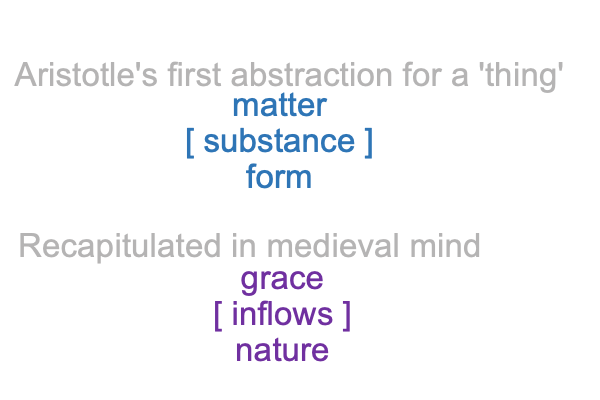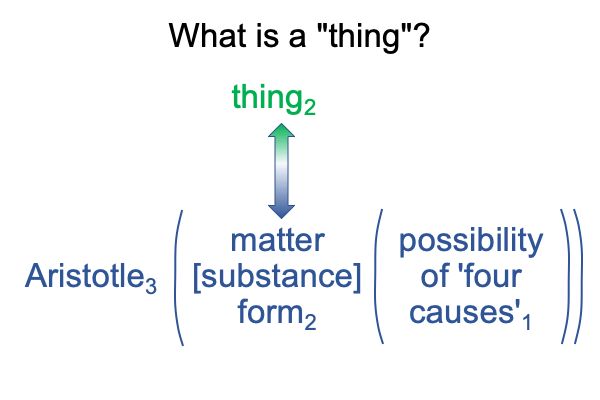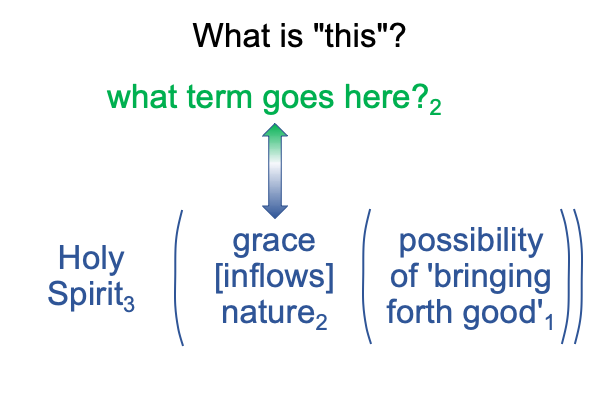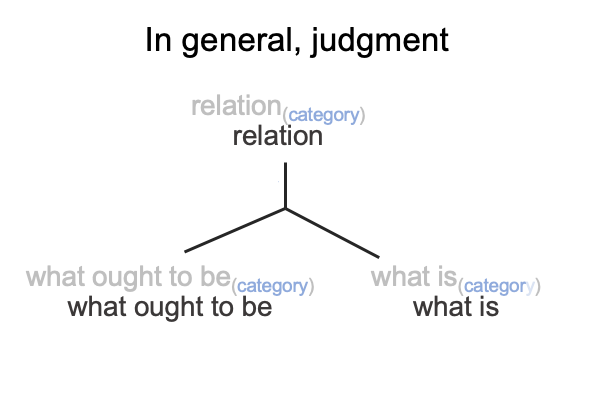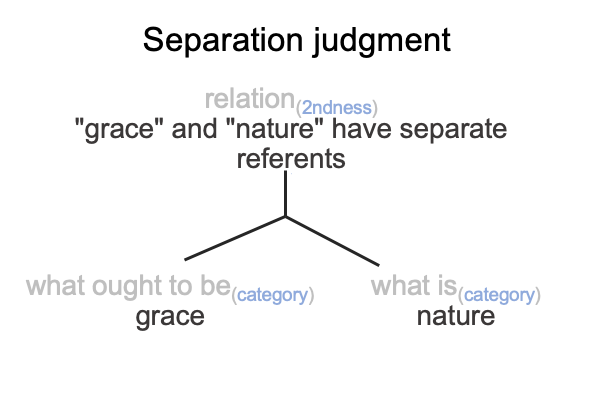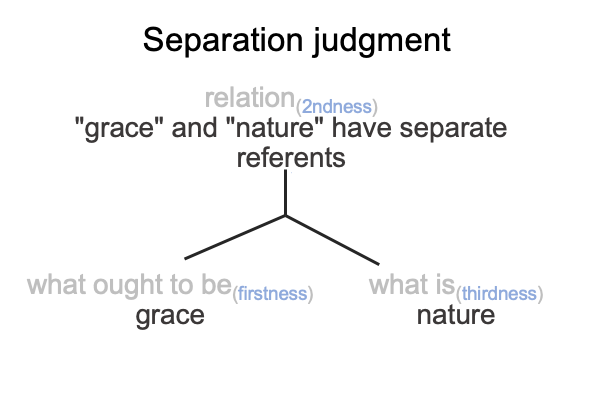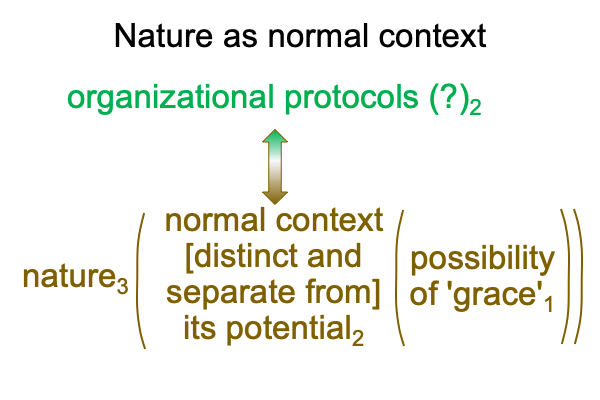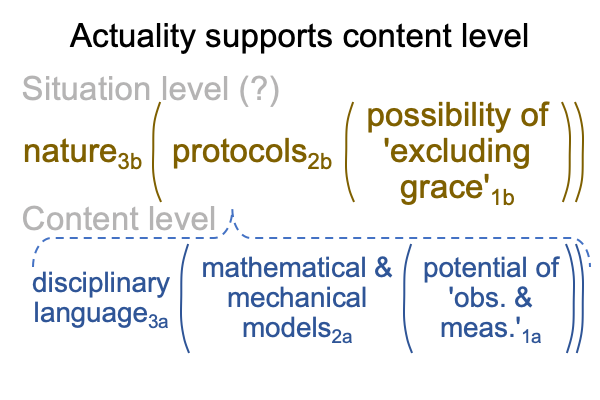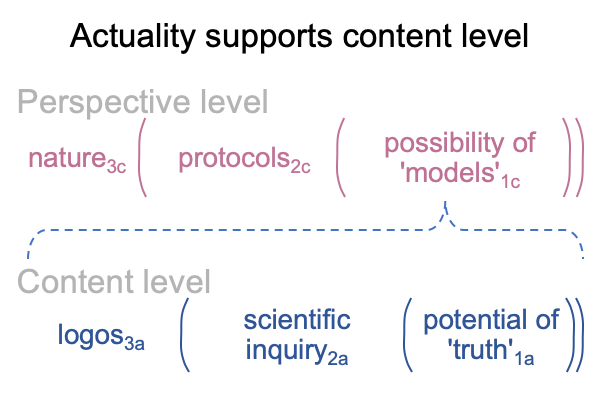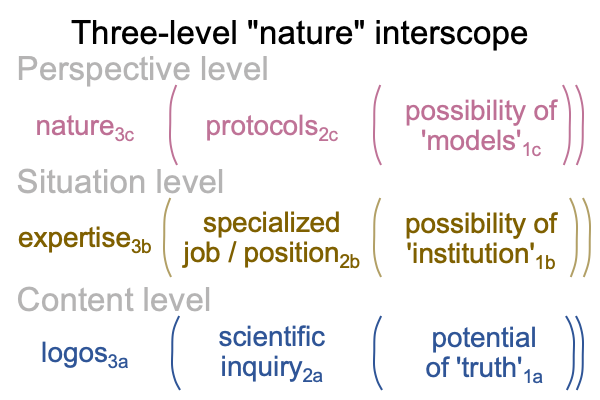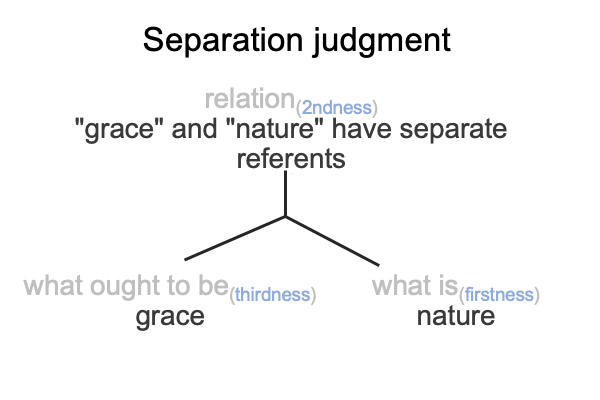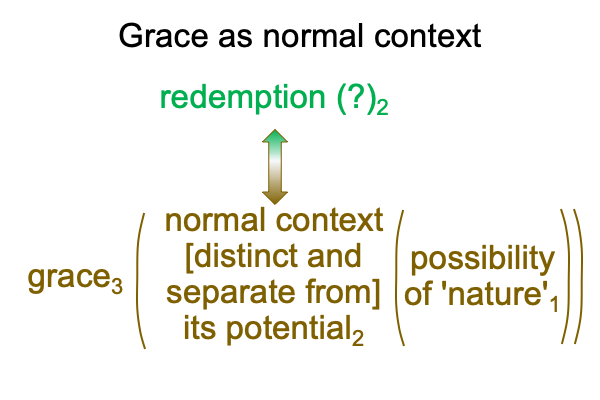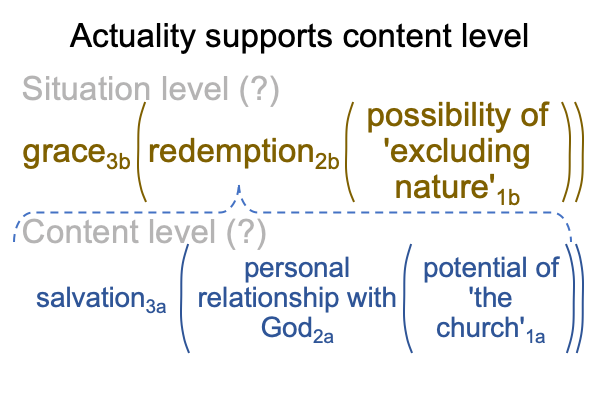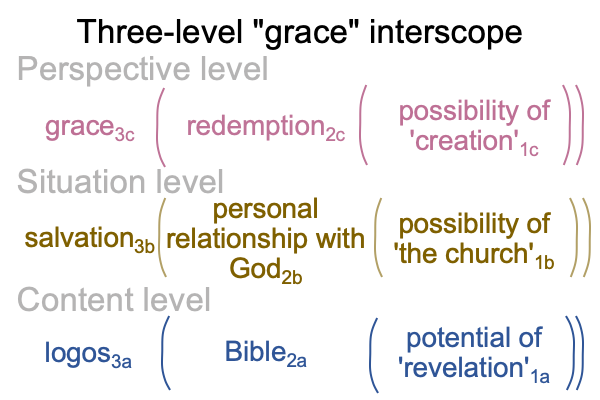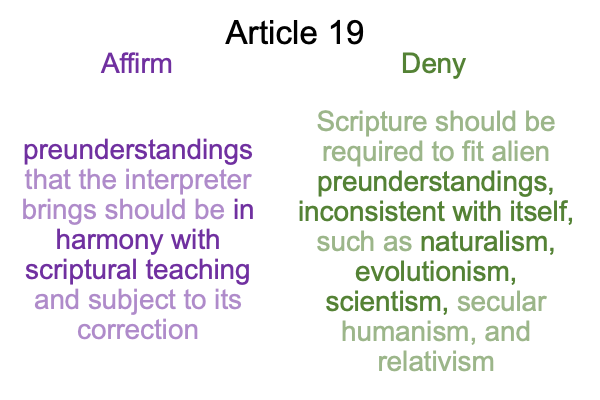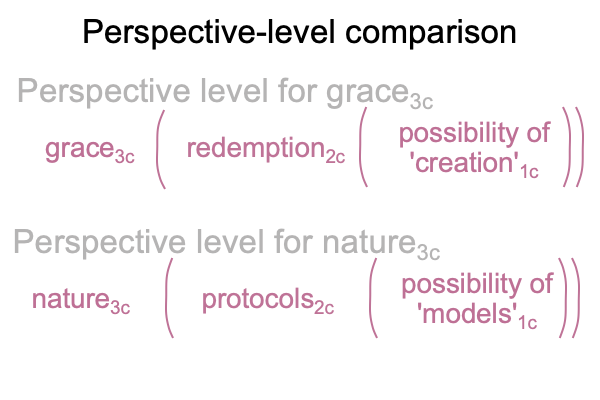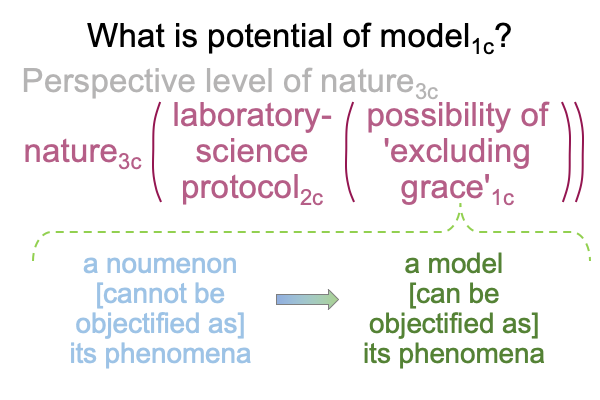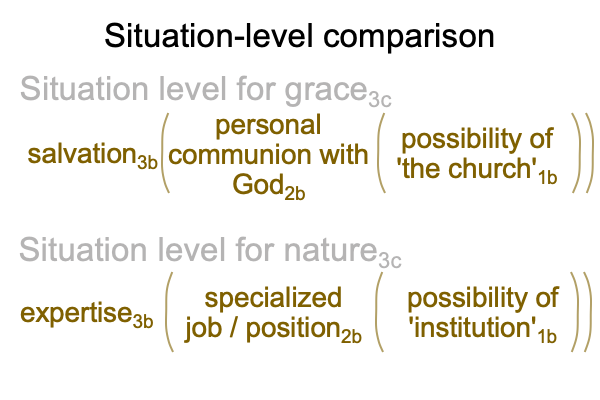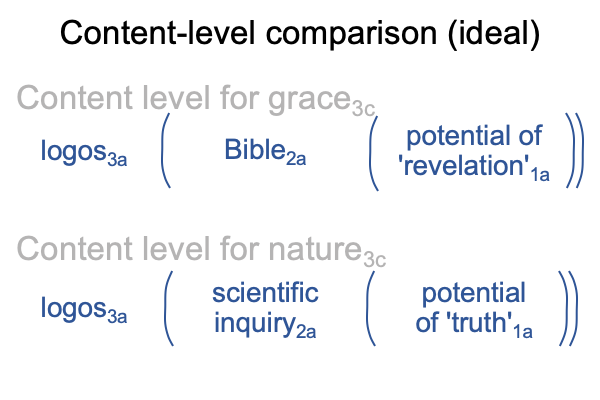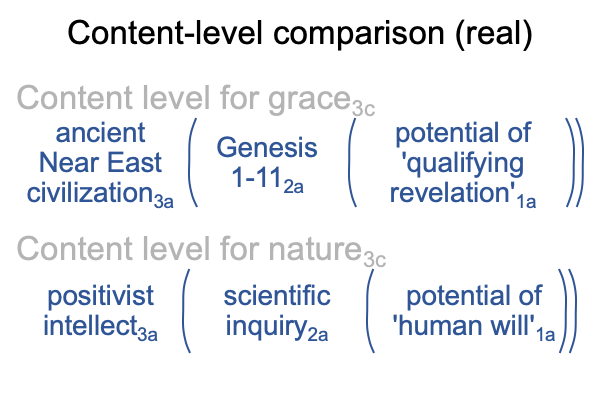Looking at Hugh Ross’s Book (2023) “Rescuing Inerrancy” (Part 2 of 25)
0009 How so?
Forty years after the Chicago Statement on Biblical Inerrancy is published, theologians are figuring ways to accommodate deniers by re-contextualizing the affirmations.
0010 I love sentences like that.
If a speaker utters that sentence from a podium at a science and religion conference, everyone nods in agreement.
0011 The scientists, sitting on one side of the auditorium, are interested in postulating extra-Biblical sources for Genesis 1-11, comparing the Creation Story to evolutionary science and finding it well… like I said… a flight of fancy, showing that the Biblical accounts are not historical in the modern sense of the word, and saving the best for last, guessing who the “redactor” must be.
These interests stem from the doctrine of scientific inerrancy and the somewhat foggy promise that scientists will become the high priests and priestesses of the emerging big(il)lib civilization.
That’s big government (il)liberalism.
The bigger that the government gets, the more illiberal the cult becomes.
0012 Christian theologians, sitting on the other side of the auditorium, are interested in using grammar and the milieu of ancient Near Eastern civilization to bury the hatchet of Biblical inerrancy and retain positions in the coming… how shall I say it?.. civilizational reorganization.
0013 I now ask, “Is there a certain ambiguity to the key word in Ross’s title.”
How can the term, “inerrant”, apply to both science and the Bible?
0014 May I recall a concept proposed by Razie Mah in How To Define The Word “Religion”, available at smashwords and other e-book venues?
Definition3 brings a spoken term2 into relation with the possibility of meaning, presence and message1.
Say what?
Okay, it helps to start with A Primer on the Category-Based Nested Form and A Primer on Sensible and Social Construction. The category-based nested form manifests four statements. The final statement goes like this. A triadic normal context3 brings a dyadic actuality2 into relation with the monadic possibility of ‘something’1. The subscripts correspond to Peirce’s categories of thirdness, secondness and firstness. So, the statement also says, “Thirdness brings secondness into relation with firstness.”
0015 Here is a way to script the category-based nested form along with its application to definition.
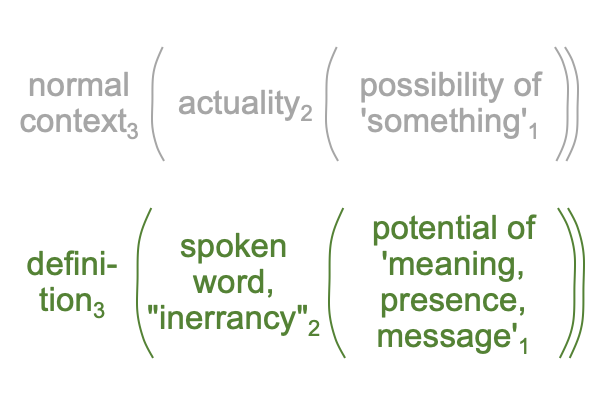
Ah, look, the actuality2 in the application is the spoken word, “inerrancy”2.
0016 Not to rush the issue, but I may now ask, “Does this definition of ‘inerrancy’ apply to article 18, mentioned above?”
The answer is “Yes, as seen in the following figure.”
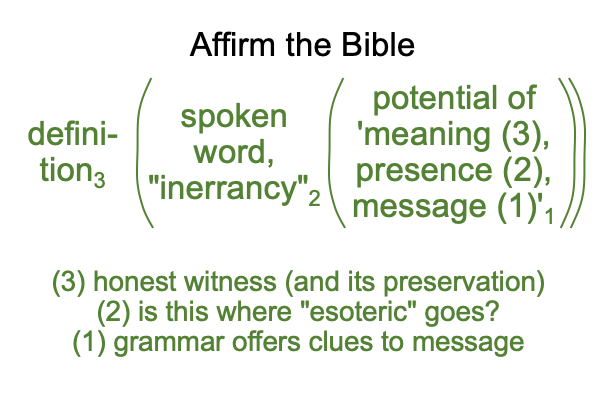
0017 The normal context of definition3 brings the actuality of the spoken word, “inerrancy”2, into relation with the possibilities of ‘meaning, presence and message’1.
0018 For the theologian, the meaning is history in the widest sense of the word. In short, history serves as a witness, testifying to what happened. The preservation of testimony through oral tradition may not be perfect, but those imperfections are expected for the operations of an oral tradition. In that respect, apparent flaws serve as evidence of preservation across generations.
0019 Presence is much more difficult to assess. Presence must concern the revelation itself. Presence is what happened, stated plainly or “exoterically”. Presence is also what happened, in regards to what cannot be stated plainlybecause witnesses cannot situate the content of their experiences. The technical term is “esoteric”.
In Shakespeare’s play, Hamlet, the apparently insane and distraught prince stages a play for the court that re-enacts the murder of his father. Genesis 1-11 is not much different. We are in the court, watching a play, completely unaware that what is happening on stage really happened.
Oh, but someone in Hamlet’s audience knows. The murderer was there when it happened.
0020 Message is also exoteric and esoteric.
For example, everyone knows that “day” means day. Yet, the same word may send an esoteric message about a span of time very different than a rotation of planet Earth… or the rising and setting of the sun.
That raises the question, “Who was there to witness the signs contained in each Genesis day?”
0021 What does article 18 say concerning what it denies?
How do the deniers regard “biblical inerrancy”?
Here is one way to look at it.
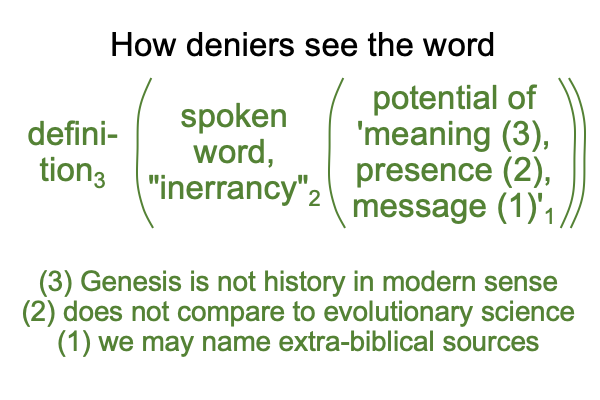
0022 Science is inerrant, not the Bible.
In terms of meaning, Genesis is not history in the modern sense.
In terms of presence, Genesis has nothing to do with the evolutionary sciences. The word, “no thing” is synonymous with “no presence”.
In terms of message, Genesis is like any other mythology in the civilized ancient Near East. Some Christians (such as theologian William Lane Craig) may call it “mytho-history”. And, that label makes sense, in so far as myths are historical beings. Well, it also makes sense in so far as a myth may descend from a real historic event. But, one cannot reconstruct the historic event from the myth. That must come from an extra-biblical source… er… hypothesis.

